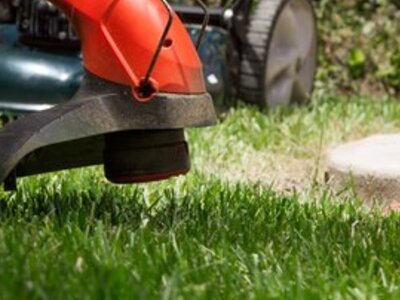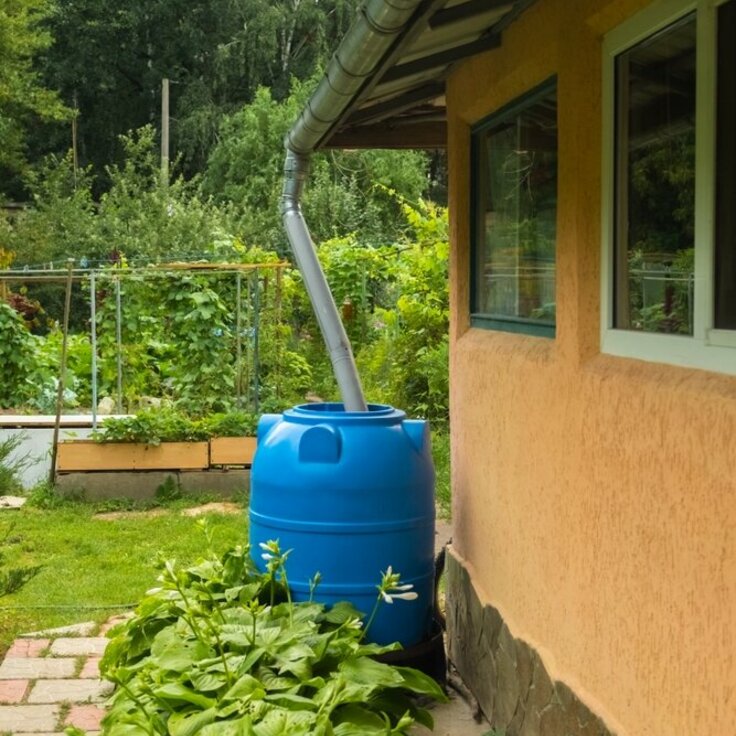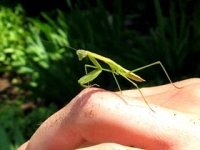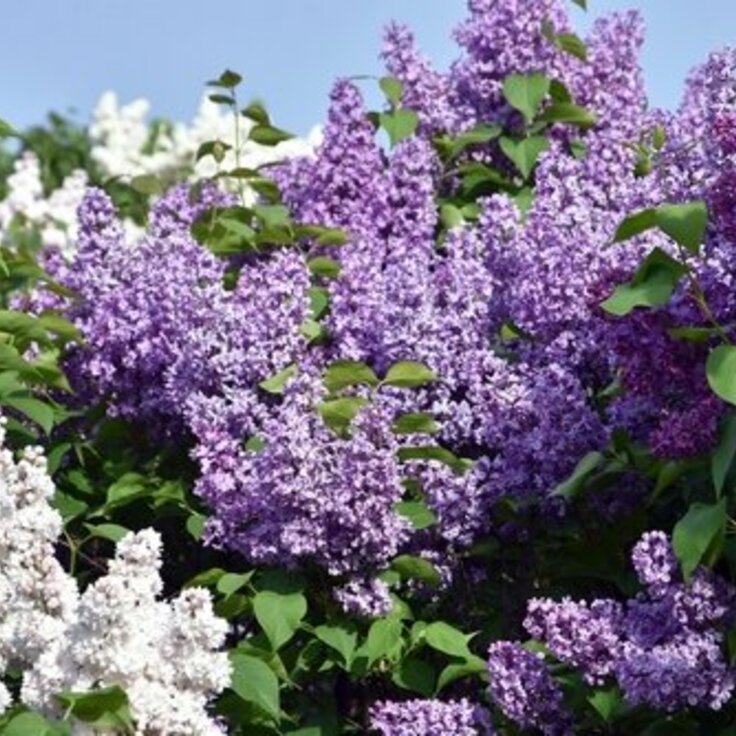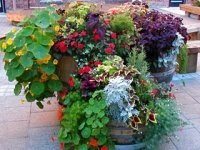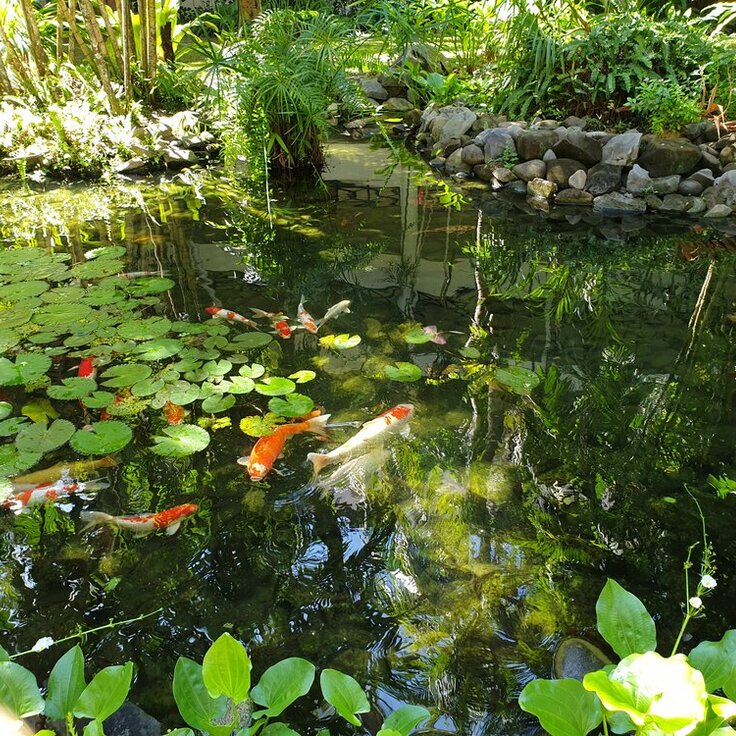Fall Garden Chores
Down here at ground level, where the trowel meets the dirt, it's all about weed control. Now's the time to get a grip on the garden's troublesome vining weeds and escaping lawn grasses.
Defining Terms
What is a weed and what is a wild plant worthy of being left to grow in your garden? "Natural" garden styles make the most of the site in question, adding plants that enhance the landscape. More formal styles often leave a portion of the property as a designated "wild" area, where grasses are mixed with berried shrubs and trees to create wildlife habitat.
Take a look around your garden and decide what needs to be done. If dollar weed is taking over the flower bed, tease it out and get rid of it, but if a patch is holding the sand in place under your piers, leave it alone. When lawn grasses creep up out of the lawn, cut them back. However, where true turf won't grow, anything green that can be cut with a lawnmower may not be a weed!
Vines
Dealing with vines may be the biggest challenge, since their stems can be woody or prickly, and their runners may be strangling your desirable plants. Since it's hard to disentangle the entire vine from another plant, cut the main stem in several places along its length and then pull out the pieces. Leave about a foot of stem above ground level and strip the leaves off it. Once the stem dries a bit, pull it up by the roots.
Cleanup Time
Autumn also means raking leaves, cutting down perennials, changing out annual flowers, and mulching. All that adds up to a fair amount of work and a big pile of debris. Removing this plant matter removes the hiding places, eggs, and food sources for insects that can plague our gardens in the coming months. So twice a year, put "garden clean-up" on your calendar and really get with it. In between, there'll be less to do and more time to spend tending the plants you want instead of the ones you don't want.
Make a compost pile with anything you cut down or pull out that is not infested or pernicious (like thorny vines). Blend two parts brown matter, such as fallen leaves or spent annual plants, with one of green, such as lawn clippings.
Read more at National Gardening.

